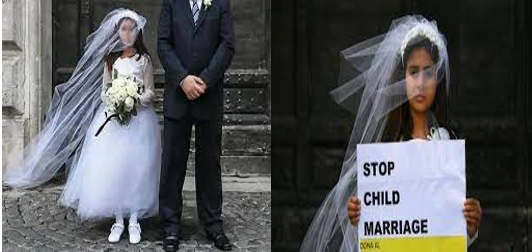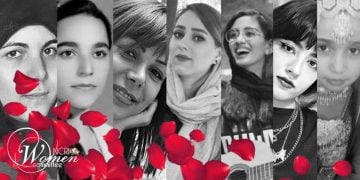
In the lead-up to the International Day to Eliminate Violence against Women and Girls, attention is drawn to the disturbing reality of violence against women and girls in Iran, a situation described as not just sporadic, but “state-sponsored and institutionalized.”
The plight of Iranian women starkly differs from global norms. A sociologist in 2020 highlighted Iran’s alarming position as the world leader in domestic violence against women, with two out of every three Iranian women facing such violence – double the global average. These acts are often hidden due to a lack of transparency and comprehensive prosecution.
In a shocking instance, 14-year-old Romina Ashrafi pleaded with a judge not to return her home, fearing for her life. Despite her pleas, she was returned and subsequently beheaded by her father, who had legally confirmed he wouldn’t face execution for the act. This highlights the law’s failure to protect women and girls, instead granting impunity to perpetrators.

Iranian law disturbingly enables such violence. Girls can be married off as young as 13, and domestic violence by men often goes unpunished.
The enforcement of Hijab laws brings further distress. The Morality Police’s mandate to enforce proper hair covering often leads to violent arrests, mistreatment, and even death in custody, as seen in the cases of Mahsa Amini and 17-year-old Armita Geravand. Such state-sponsored violence extends to executions, floggings, and stonings for exercising basic rights.
The regime’s brutality is even more chilling towards women opposing it. Last year saw the regime callously kill young female protesters like Nika Shakarami and Sarina Esmailzadeh. Kidnappings and abductions of female protesters and helpers, like Dr. Ayda Rostami, resulted in brutal deaths, aimed at instilling fear to deter further protests.

Violence-against-women-and-girls-in-Iran-
This repression has historical roots, harking back to the 1980s when thousands of women from opposition groups like MEK were tortured or executed. This legacy of brutality shapes Iran’s history and continues to fuel resistance among younger generations. As we observe the International Day to Eliminate Violence against Women and Girls, it’s critical to recognize and address these harrowing realities faced by women and girls in Iran.

MEK Iran (follow us on Twitter and Facebook), Maryam Rajavi’s on her site, Twitter & Facebook, NCRI (Twitter & Facebook), and People’s Mojahedin Organization of Iran – MEK IRAN – YouTu
